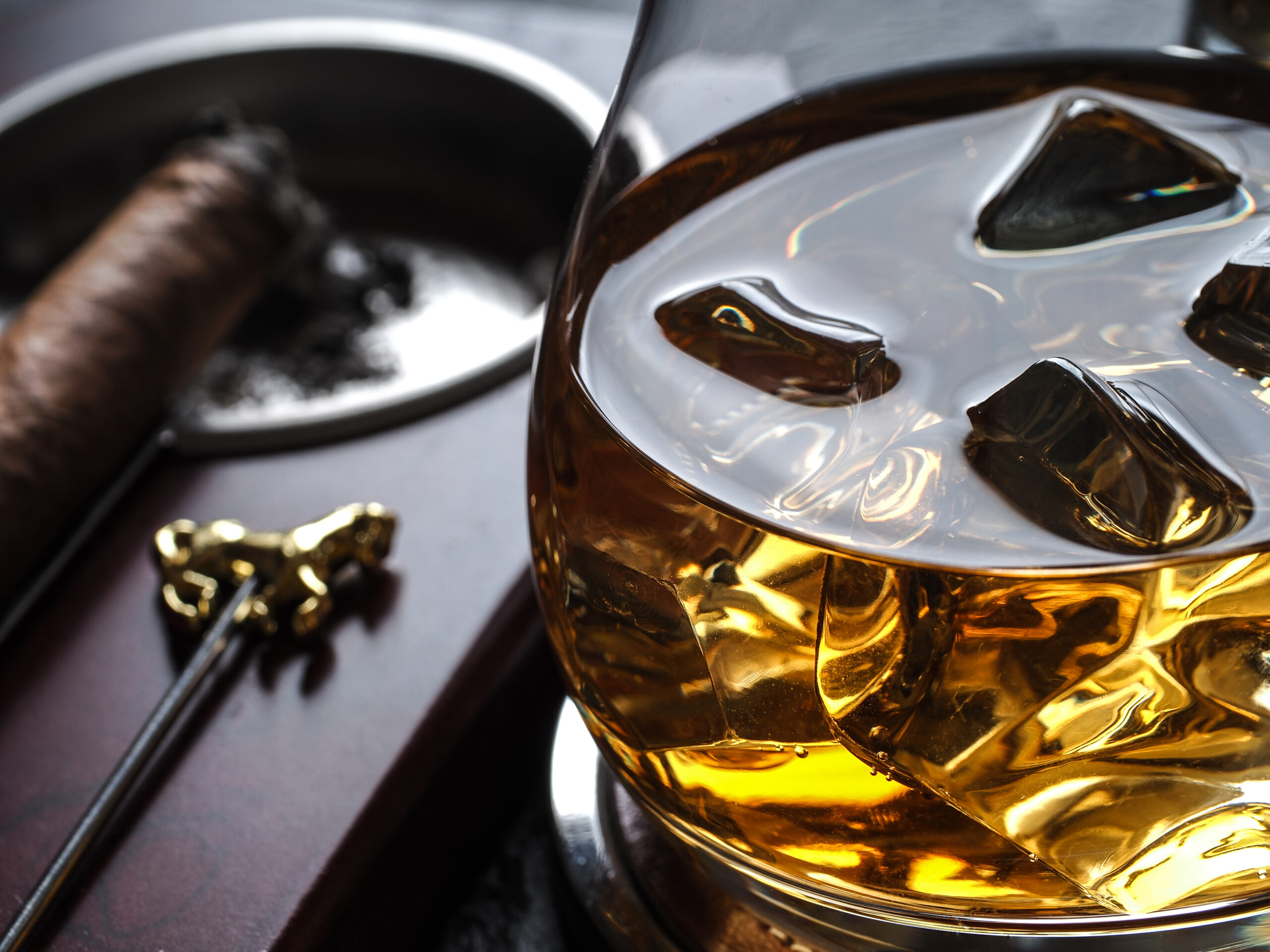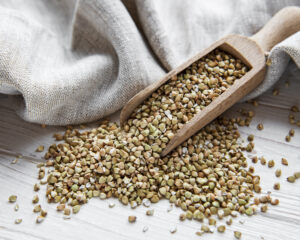Whisky is a strong alcoholic beverage produced by distilling fermented beer wort and then aging it in wooden barrels. The raw materials used to make whisky are barley, rye, wheat and corn.
Whisky has long been a favourite drink of the Celtic peoples. For the Scots and the Irish it has the same meaning as vodka for the Russians and the Poles. Scotland and Ireland continue to debate over who has the right to be called the home of whisky, but there are no laws restricting the use of the word ‘whisky’ to beverages produced in these countries. This is why, alongside the famous Scotch and Irish whisky there are also Canadian and American whiskies, as well as Japanese and Indian whiskies.
The name of the drink comes from the Gaelic language (spoken in Ireland): uisge (or uisce) beatha means ‘water of life’. The first written mention of whisky dates back to the fifteenth century, though it’s thought that Irish and Scottish monks were able to distill whisky from grain centuries before that date.
Producing whisky is an interesting process which involves several stages.
Malting, heat treatment and fermentation. The production of malt whisky and grain whisky is slightly different. For the former the malting, that is the germination, of barley is mandatory. In this process the enzymes which are needed to process the starch into sugars and ultimately into alcohol are activated. For grain whisky the wheat or maize is subjected to a heat treatment process to convert the starches into degradable sugars. The mash is then prepared from the milled grains and water. After about two days of fermentation the mash absorbs 6-8% alcohol and is ready for distillation.
distillation. The mash for whiskey is distilled (distilled) twice, usually in copper pot stills. The product of the first distillation is already free of yeast and other sediment, and the alcohol level rises to 20%. The second distillation separates the three alcohol fractions – the first (“head”), middle (“heart”) and last (“tail”) – but only the middle fraction will be used for further whisky production. It has an alcohol level of around 68%.
Aging. The next stage is aging in wooden casks. During the aging process the whisky acquires its characteristic amber colour and the taste becomes richer and softer. Part of the alcohol evaporates. Scotch whisky must by law mature in casks for at least 3 years, but producers extend this period to 8, 10, 12 and 15 years or more for the older brands. Once the whisky has been bottled the natural aroma and flavour of the whisky is retained.
Blending. Maturation is followed by the blending stage, which is the creation of the final, ‘finest’ whisky (not to be confused with blended whisky!). Different batches of malt whisky can be blended, or grain whisky and malt whisky can be blended together. After blending, the whisky is allowed to “rest” for a while so that the different flavours can come together.
Types and varieties
The raw materials used to make whisky are barley, rye, wheat and corn.
Malt whisky is whisky made only from malted barley.
Grain whisky is made from wheat, rye and corn.
Blended whisky is produced by blending malt and grain whisky.
As well as classification by raw material the following types of malt whisky are distinguished:
Vatted malt – a mixture of malt whiskies from different distilleries. Such whisky can be labeled either pure malt or blended malt.
Single malt – malt whisky from a single distillery. If the label does not specify single cask, the malt is the product of blending between blends within a distillery.
Single cask is malt whisky from a single cask. The bottled whisky can either retain its barrel strength or be blended down to a standard whisky grade of 40% or 43%.
Cask strength is malt whisky of cask strength. A rather rare drink that retains a cask strength of between 50 and 65% alcohol.
image sources
- Whisky on the rocks and a cigar: License Date: February 24th, 2023 Item License Code: XMEBFQL47K




